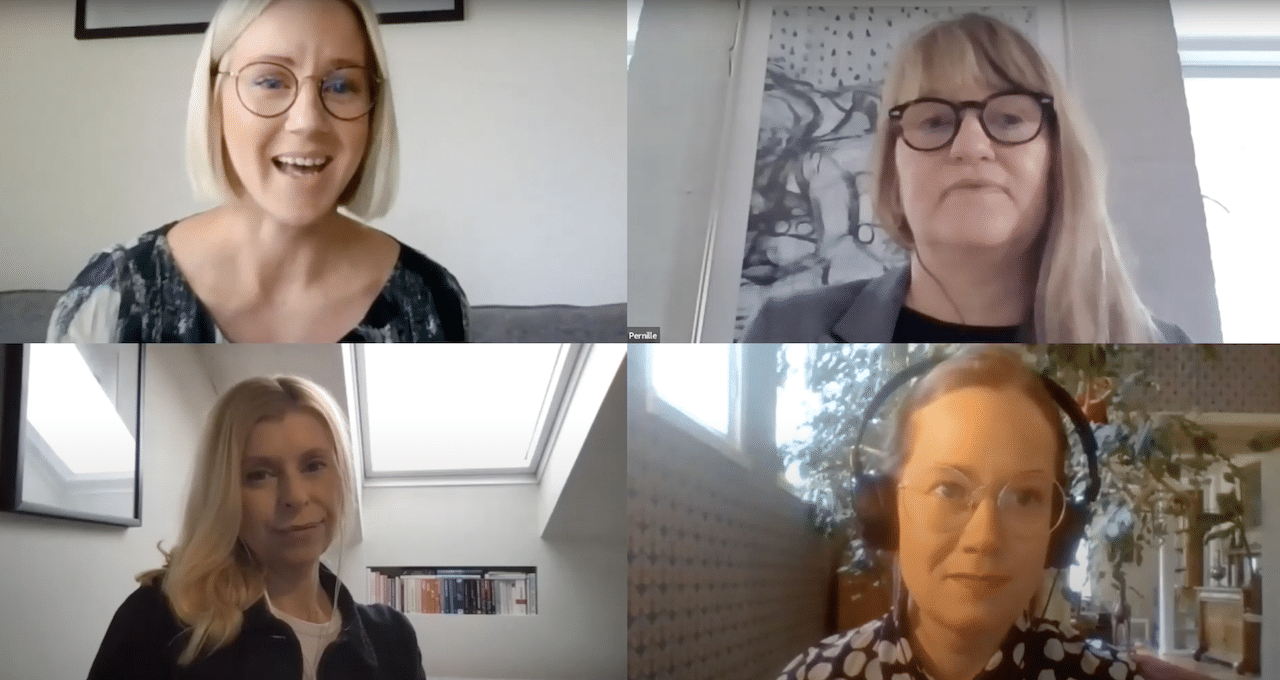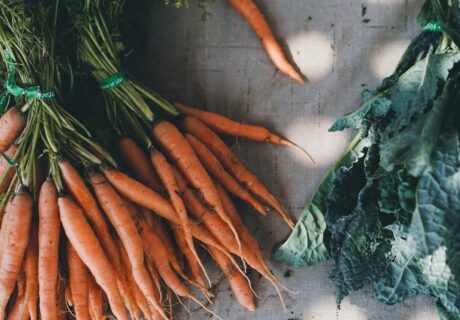Emerging organic trends in the Nordic market was the topic of discussion for the second instalment of Fika with – a virtual talk series from Diversified Communications, the organizer of Eco Life Scandinavia and the Nordic Organic Food Fair.
The Fika with roundtable session opened with an overview of the current position of the organic sector in Denmark, Sweden and Finland.
Covering the Danish market was Pernille Bundgård, Organic Denmark, who said: “In Denmark the organic sector is booming and has done throughout the whole pandemic. We have gone up quite amazingly and more than the conventional market, so I think [the] pandemic and the potential danger of being sick (or taking more care of your health) and organic go well together. So everything is really, really good in Denmark and the three first months of ’21 look amazing.”
Giving an update on the Swedish market was Charlotte Bladh André, Organic Sweden, who commented that uptake of organic had not increased during the COVID-19 crisis: “In contrast to Denmark, Swedish consumers have not been turning to the organic segment during the pandemic. Instead, the organic segment has experienced tough competition from other added values such as food from Sweden, climate-friendly, plant-based food, local food. But still, the market share is 9%, this is quite high – I think just Denmark [and Switzerland] are ahead of us. And also the organic share of the total farmland is 20% which is very high. And also in the public sector I still think we are the world champions with 38% of the public consumption being organic.”
Finally, Aura Lamminparras, Pro Luomu, painted a picture of the situation in Finland: “In recent years organic production and consumption have grown quite steadily in Finland and the growth has been bigger than the whole market in the pandemic time too. But, of course, we are far behind Denmark and Sweden; our market share of organic is only 2.6%. But it differs in different categories. We have good categories: for example, in eggs and baby food our market share is over 20%. The most sold products are fruits and vegetables and dairy products in organics. And our share of organic agricultural land is 14%, which is smaller than in Sweden but it’s better than the EU average.”
Listen in to the full discussion here:





